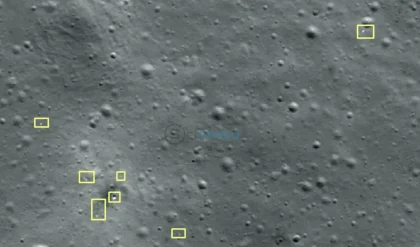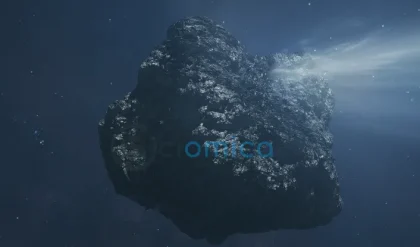
A recent fast radio burst detected on June 13, 2024, has captivated astronomers by revealing an unexpected source: a defunct NASA satellite that has been orbiting Earth for over half a century.
Typically, fast radio bursts (FRBs) originate from deep space, leading scientists to believe they might be signals from advanced extraterrestrial civilizations. However, in this astonishing discovery, the burst was traced back to the long-decommissioned Relay 2 satellite, which has been inactive since its operational life ended in 1967.
The event was reported by astronomer Clancy James and his research team, associated with the International Centre for Radio Astronomy Research at Curtin University in Australia. They detailed their findings underlining that Australian Square Kilometer Array Pathfinder (ASKAP) detected the emitted radio signals across the bandwidth of 695.5 megahertz to 1031.5 megahertz.
James stated, “The burst was localized through analysis of near-field time delays to the long-decommissioned Relay 2 satellite.”
This incident raises important questions regarding the recognition of anthropogenic signals and the potential hazards they may pose as human activity in space increases. Notably, puzzling signals from Earthly sources have previously emanated from a truck and a microwave oven, demonstrating the sheer complexity of differentiating between natural and artificial signals in the cosmos.
Relay 2, originally launched in 1964, drifted in its high orbit between altitudes of 1,867 and 7,648 kilometers (1,160 and 4,752 miles) until this recent detection. It’s important to note that fast radio bursts are enigmatic phenomena characterized by their brief yet intensely powerful emissions that can compress the energy equivalent to that of 500 million Suns into just a millisecond.
The burst this June was found at a strikingly close proximity of approximately 4,500 kilometers from Earth, a distance where no magnetar or typical FRB sources would be expected. This prompted researchers to consider Earth satellites as the likely culprits.
Through the use of ASKAP’s location data, timing of the burst, and the Skyfield Python module, James’s team identified a correspondence with the NORAD ID 737, correlating the burst with Relay 2. The analysis concluded that the burst most likely stemmed from either an electrostatic discharge or a plasma discharge triggered by an impact with a tiny space rock. The latter is known to occur when micrometeoroids strike satellites.
Electrostatic discharges pose a significant risk to satellites, as they can cause unexpected malfunctions or degradation over time. Indeed, past studies using the Arecibo telescope highlighted similar radio emissions from GPS satellites attributed to electrostatic discharges.
Researchers indicated that while a definitive trigger for this recent burst cannot be pinpointed, the occurrence is quite rare for Relay 2, making it a unique data point for future investigations into FRB sources.
This finding not only enhances our understanding of possible signals in Earth’s orbit but also opens avenues for new research in remote sensing techniques. The ability to monitor electrostatic discharges can provide vital insights into orbital dynamics and the overall safety of satellites in a space environment fraught with multiple hazards.
The novelty of detecting such a brief burst at gigahertz frequencies is considered unexpected, and researchers express enthusiasm for potential new methods of studying satellite discharges. Their study has been accepted for publication in The Astrophysical Journal Letters, offering hope for further exploration of this remarkable phenomenon.






